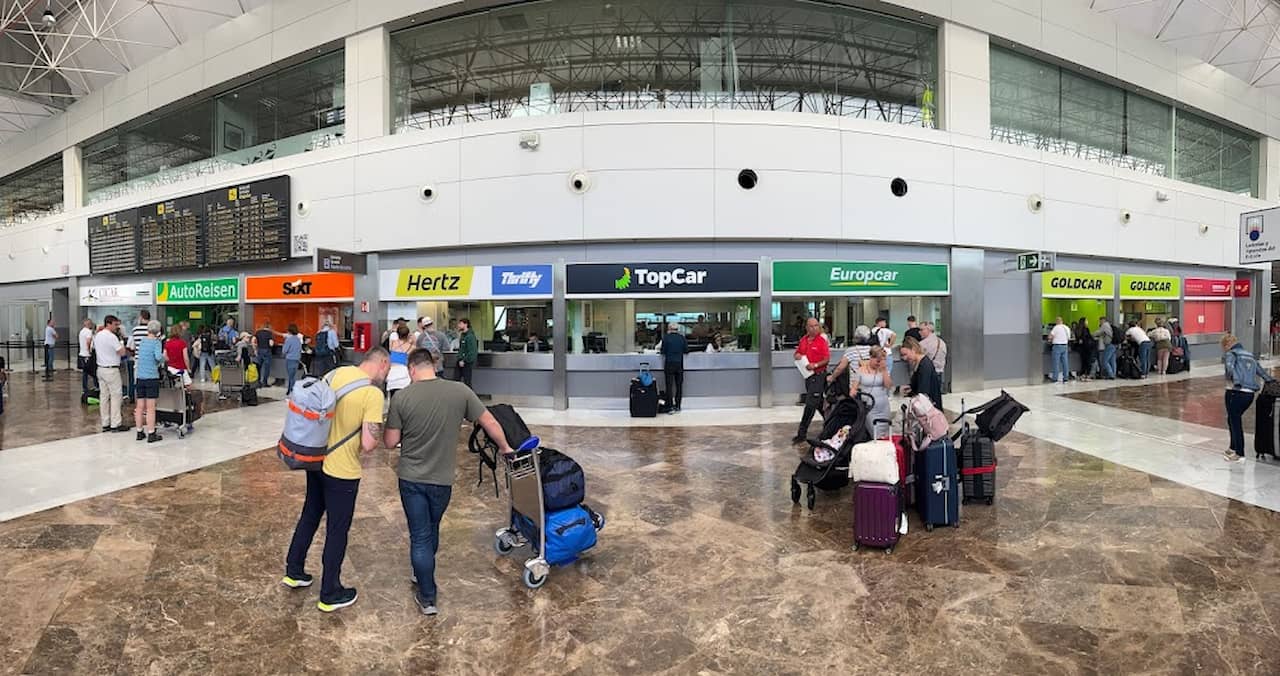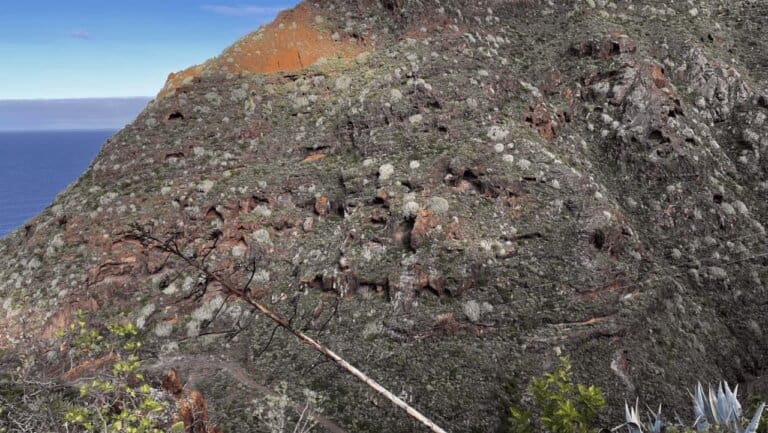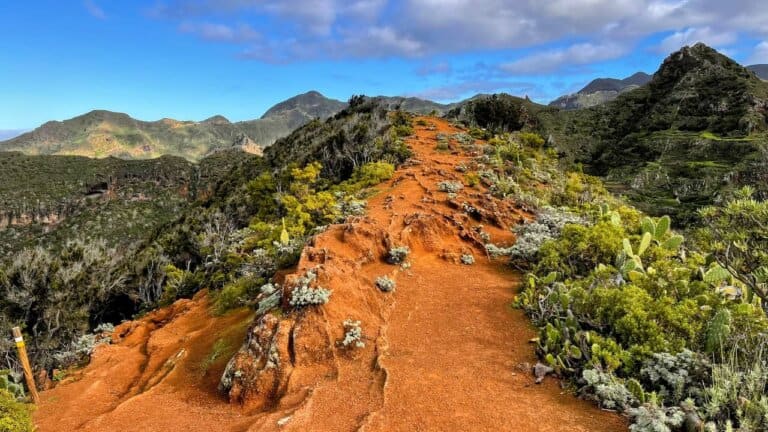Do You Need to Rent a Car in Tenerife? Top Reasons for and Against
This post may contain affiliate links. If you click one, we may earn a commission at no cost to you.
“Do you need to rent a car in Tenerife?” is one of the prime questions for most holidaymakers visiting the Canary Isles right there along with which hotel to book and which town to choose as the base for exploration.
If you are looking for a one-sentence reply, here’s the skinny –
Renting a car in Tenerife will significantly increase satisfaction with your Canary Islands holiday, unless you plan to spend all of your holiday while lounging at the hotel pool or the beach.
Still on the fence about this decision? Read on.
We lived on the island for a year in 2022 and 2023, and what you’ll read below are our experience-based reasons and tips on how to decide if and when you’ll need a rental car to explore Tenerife.
Whether one needs to rent a car to see the island is one of the most frequent questions we still get from friends and acquaintances along with “Where should I stay in Tenerife?”, “What should I see?”, and “What’s the weather like in December (or any other month)?”.
Even if you can easily afford it, there are other things to consider when deciding to rent a car when in Tenerife and other Canary Islands. There are numerous clichés like “The island has a good public transport system” (at least by American standards) and “Car rental is affordable”, but what do they mean in practice?
Below we have collected some of the considerations that might sway you one way or the other depending on your driving skills, financial situation and a number of other factors.
Main Reasons to Rent a Car in Tenerife
Freedom of Movement and Ability to See Everything
Renting a car in Tenerife allows you to see everything at your own schedule and pace. If you plan to move around a lot on the island, renting a car might be the best choice, as you’ll be independent of public transport itineraries and taxi fares.
At the same time, many visitors underestimate the time it takes to reach various locations on the island due to the terrain. While the island is “only” 120 kilometers or 75 miles long and half as wide, due to the mountains and winding roads it often takes double the planned time get to places.
And then there are these spots where you just want to hang around for longer, or have that additional desert or glass of wine. It’s really nice to be able to do that without a worry about missing your bus.
Important – you definitively do not need to rent a car for the whole holiday period on the island. Tenerife has a very well-developed rental car market, and rental companies have no problem renting you a car for one or multiple 24 hour periods to suit your needs.
Access to Remote Locations

Tenerife has many remote locations that are very hard to reach by public transportation and expensive by taxi. For example, the Chamorga village and the TF-6 hiking trail in the very North of the island. Buses there go only 3-4 times a day and take 1,5 hours from the capital Santa Cruz; taxi ride will last at least 1 hour one way and might cost you around 70-100 euros. With a rental car you will be able to access this and other locations more easily and leave when necessary without waiting for a bus.
Low Rental Costs
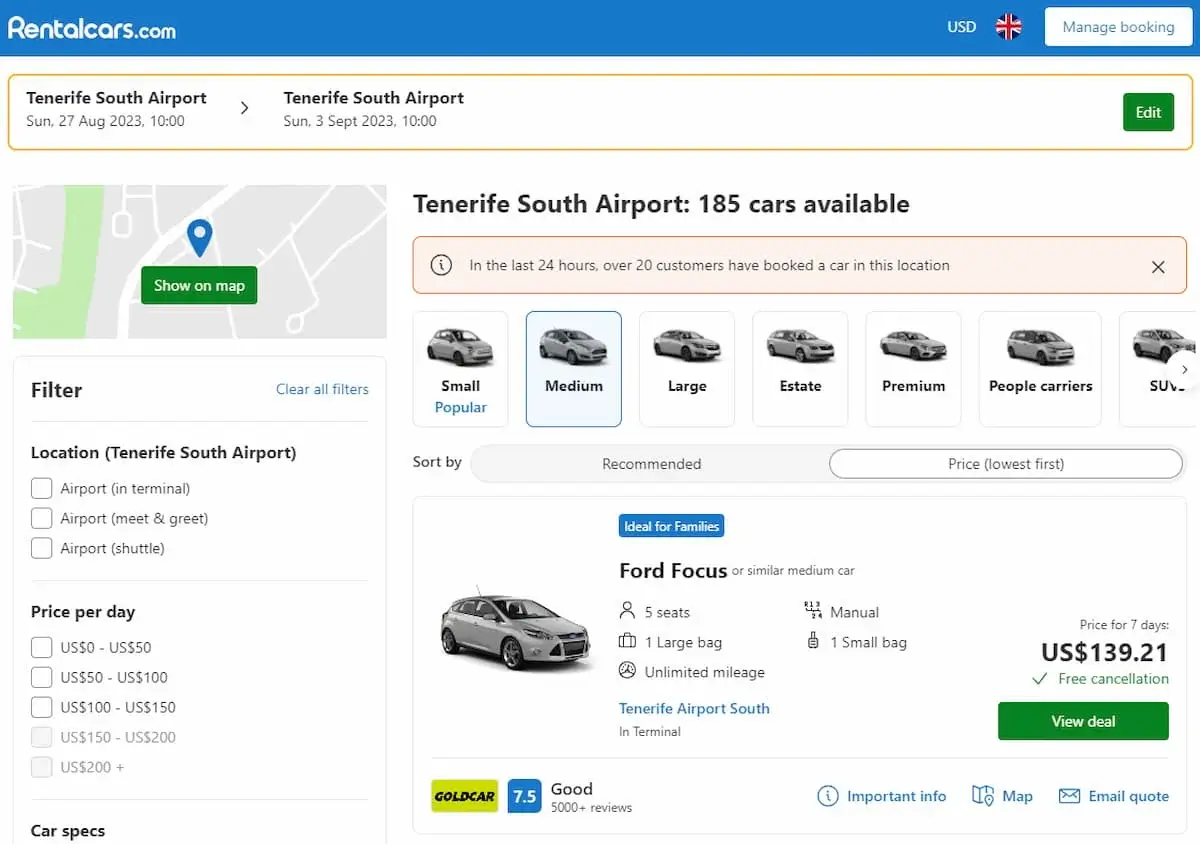
You might think that because Tenerife is a top tourist destination, the car rental prices might be very high. This is partially true only during top travel periods, particularly around Christmas and the New Year, but not so much for rest of the year.
There’s lots of competition and the island’s car rental businesses have adjusted well to the large tourist flows, so often you can find very car rental reasonable deals. Of course, if you opt for luxury travel, the sky is the limit, but you can usually rent an economy class car for anywhere between 22-30 euros per 24-hour period.
Also – read the main rental rules for several companies. There are some that don’t require the security deposit (for example – Top Car) and offer significantly cheaper damage insurance or even include it in the advertised price.
While some bloggers swear by this or that company, we have always relied on RentalCars.com as they sample the best offers in real time. If you want the absolutely best bargain, it’s the site to use.
Facebook is full of various local travel agents and private persons renting cars. We have inquired about the travel agent’s offers, and they have always been more expensive than an online price as they have to make their own commission.
We would probably not rent from individuals. In case you’ll run into any kind of issues with the car, you never know what to expect and whether you’re insured or covered by a general insurance.
Cost Effectiveness
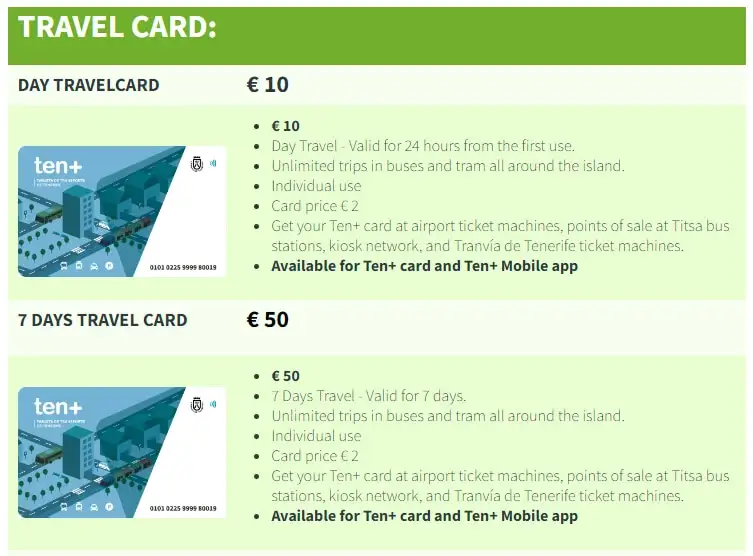
Renting a car can be very close to break-even or even more cost effective compared to public transport if you are travelling in a group of 4-5 people. One public transport ticket costs between 1.4 and 2.80 euros. If four people make just one return trip to a destination in another municipality, that’s already a one-day’s car rental price. The same calculation goes for the daily and weekly Titsa travel cards.
You also might want to rent a car for a trip if there’s a risk you might miss the last bus. This is particularly possible for hiking trips to Anaga Rural Park or Teide National Park. It’s very easy to underestimate how difficult a hike will be, and not be able to return on time. Calling a taxi will really eat into your budget.
Many people believe that you must rent a car for the entire holiday period or at least a multi-day stretch. In fact, Tenerife car rental companies are very accommodating to one-day rentals, and the price is usually very similar to longer term rentals.
Local Taxi Scene Peculiarities

Uber, Bolt and similar apps are not working on the island. Period. To hail a taxi, you must call a phone number old-style and hope the operator speaks English. It’s easiest to ask hotel or restaurant staff to do that for you… or just use a rental car.
In general, taxis are considered affordable in Tenerife, as it’s a regulated industry and there are fixed rates. At the same time, a short taxi ride will anyway cost you between 10-20 euros easily, and to go from the South Airport to the capital Santa Cruz will cost you 80-120 euros. Always ask the meter to be turned on.
It might take a very long time to get a taxi during peak season, the rare rain shower, or during arrival of large ocean cruises. There have been reports of tourists waiting 2 hours to get a taxi at Tenerife South Airport.
Last quirk – taxis have complicated rules about crossing municipal boundaries. For example, you might hail a taxi on the street, but when the driver hears about your destination in another town, you might be asked to call a taxi from a company operating in that municipality. This also applies to visits to Masca – you will not be able to hail any cab, but only one from your destination municipality.
Good Google Maps, Apple Maps, and Waze Coverage
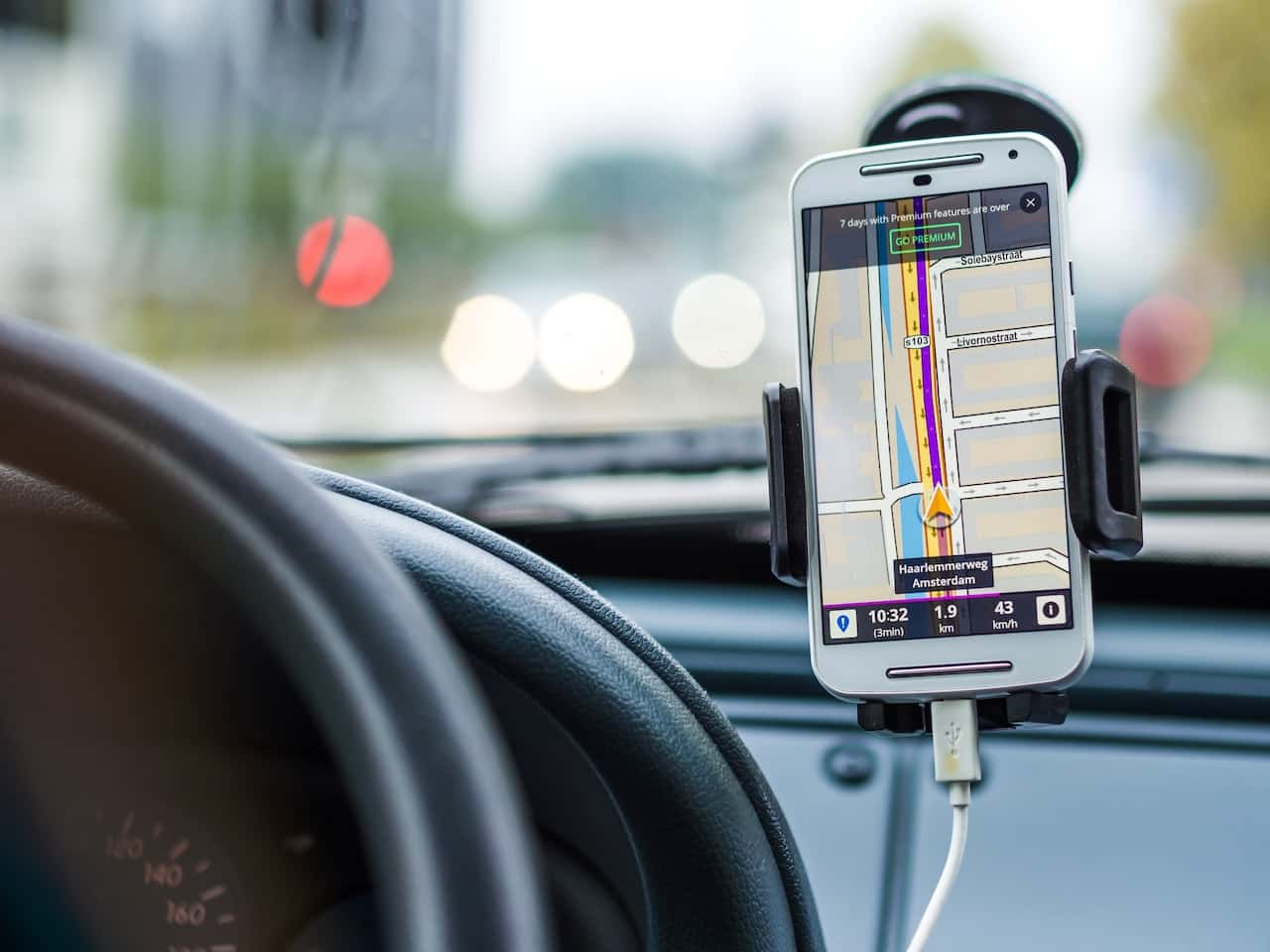
Tenerife has excellent coverage on popular navigation apps like Google Maps, Apple Maps, and Waze. This means you can confidently explore the island without getting lost.
Two caveats. There’s lots of road construction going and the apps might not be aware of this, so don’t trust the directions blindly. Waze appeared to have most current information. Secondly, the apps might do a poorer job in smaller villages and places with lots of one-way streets. Use common sense if real life differs from what the app tells you to do.
Relatively Low Fuel Prices

Lastly, fuel prices in Tenerife are relatively low compared to many other European destinations. This makes renting a car a more cost-effective option for exploring this beautiful island. During our time on the island, a liter of diesel petrol cost around 1.35 euros, and 95 mark gasoline went for 1.45 euros.
Main Reasons to Avoid Renting a Car in Tenerife
Mostly Staying in the Hotel
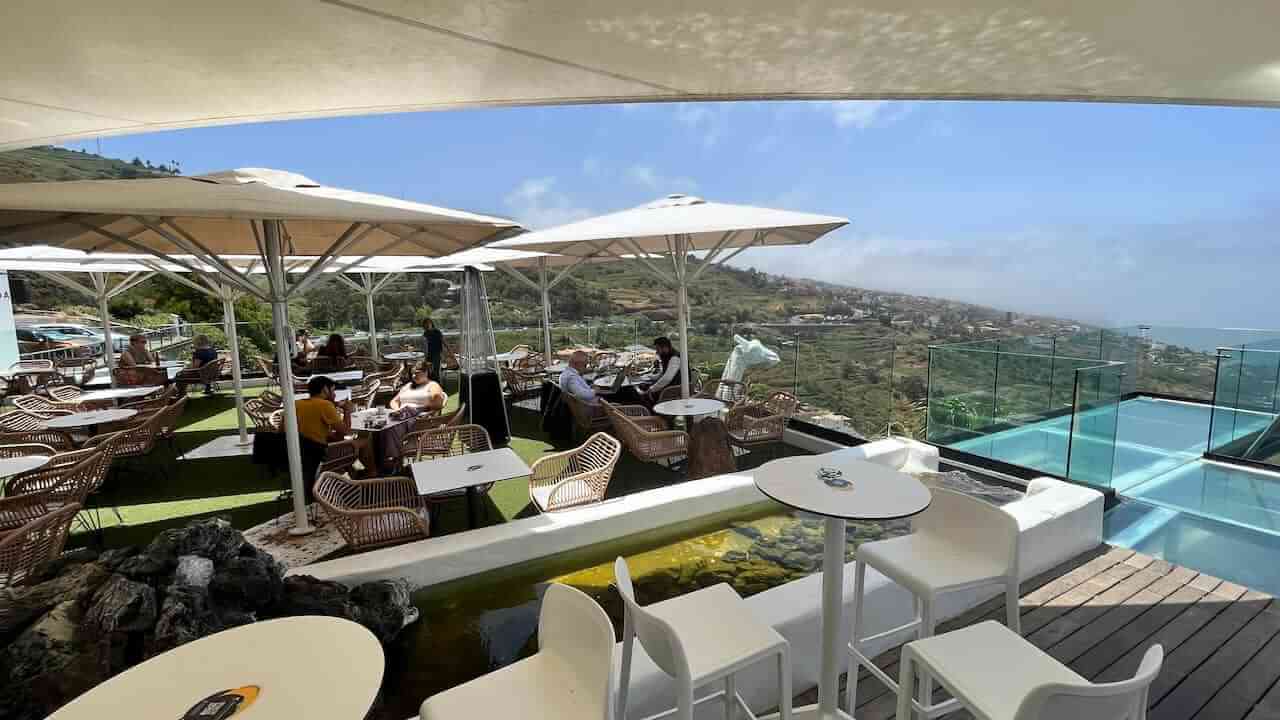
There is little need to rent a car if you plan to mostly relax at your hotel during your stay on the island. Tenerife has a variety of hotels that cater to an all-inclusive experience, including amenities such as pools, spas, and entertainment within the premises. Additionally, many hotels are within walking distance to popular beaches and restaurants.
Good Public Transport Coverage and Frequency (If You Only Plan to Visit Major Population Centres)

Tenerife offers an extensive network of public transport for all the main population centers. The north and south of the island are connected by buses (known as “guaguas”) and taxis. These transports are affordable and provide regular service, making them a viable option for those who don’t want to deal with the hassle of renting a car.
The public bus system is a great option for traveling around the island. Known as Titsa, this network connects towns and key attractions in both the north and south of Tenerife. By using the buses, we can cover a significant amount of ground and save on car hire expenses.
The public transport authority Titsa offers daily and weekly travel cards that give you unlimited travel options.
Cost, Security Deposit, Risk of Damage (Price of Damage Insurance)
While renting a car in Tenerife is usually not expensive, there are additional costs that might affect your budget or cashflow. We would highly suggest that you get a rental with a damage waiver. Some car rental companies, particularly the local ones like TopCar, often include this in the default price. So read the ‘fine print’ and shop around for the best actual deal.
On top of the daily rental fees, some car rental companies might require a safety deposit, while others don’t. Again – we’ve had the best experience with the local companies like TopCar and Cicar – which didn’t ask for a security deposit, just payment card details. But again – check on RentalCars.com first, and then choose among similarly priced offers the one that offers other benefits like 0 security deposit.
Also bear in that some destinations on the island can be as high as 2200 meters above sea level. Logically, driving uphill is more difficult for your car engine leading to increased fuel costs. We suggest to budget a 30% larger fuel consumption compared to back home if you come from a flat country/state.
If you are younger than 21 (this applies mostly to tourists from the USA), be sure to check if a rental company rents to younger people before clicking the “pay” button online.
Discomfort With Steep / Mountain Roads
Tenerife is known for its stunning landscape of mountains and valleys, but driving along these roads can be challenging. Many tourists are not accustomed to navigating steep, winding routes, which could make some areas difficult to access. In these situations, it’s better to rely on experienced bus or taxi drivers to safely get you to your destination.
Little Driving Experience
If you have limited driving experience, Tenerife is not the most suitable destination for novices. Driving on the island can be demanding due to the narrow roads, unfamiliar traffic signs, and unique local driving habits. It’s essential to feel confident behind the wheel before renting a car on the island.
You might regularly encounter situations like in the video where you have to pass another car or even a bus on a one-lane road. Be sure you are comfortable with starting to drive on an incline before renting a car in Tenerife or other Canary Islands. Locals told us that roads in Tenerife are considered very good and wide compared to other islands like Las Palmas.
Unavailability of Parking
In some areas, such as the bustling city centers, parking can be challenging to find, and paid parking facilities may not always be available. Public transport is often a more convenient option when visiting popular destinations.
Congestions
Traffic congestion can be frustrating, especially during peak tourist season. By opting for public transportation rather than renting a car, you can avoid the stress of navigating through heavy traffic and potentially minimize your travel time.
Coming From Countries With Left-Driving Traffic
If you come from the UK, Japan, Thailand or another country where you drive on the left side of the road AND you have never driven in right-side traffic, Tenerife and other Canary Islands are probably not the right place to learn this new skill. The traffic is too intense, speeds too fast, mountain roads to steep and winding.
If you decide to risk it, we would advise at least getting an automatic transmission, so there’s one less thing to think about.
Rules and Regulations
When considering renting a car in Tenerife, it’s essential to familiarize ourselves with the local rules and regulations. As the largest of the Canary Islands, Tenerife is part of Spain, and most Spanish driving laws are applicable. Drivers must be 18 years or older, hold a valid driving license to operate a vehicle on the island. An International Driving Permit is often recommended for non-European drivers, though it’s not obligatory.
Spanish traffic rules state that one must drive on the right-hand side of the road, and overtake on the left. Keep in mind that speed limits vary depending on where you are driving. In urban areas, the limit is usually 50 km/h, while on regional roads, it goes up to 90 km/h. Highways have a 120 km/h speed limit.
Some key aspects of driving in Tenerife that distinguish it from other European countries are:
- Seatbelts are mandatory for all passengers
- Using mobile phones while driving is strictly prohibited
- The legal blood alcohol limit for drivers is 0.05%, lower than that of many other countries
- Parking can be challenging in resort towns and city centers, so make sure to follow any parking restrictions and use designated parking spaces where available
- Only taxis or a few other authorized vehicles may use bus lanes
Driving in the Cities vs the Mountains
We have explored driving in Tenerife, and one of the key aspects to consider when deciding whether or not to rent a car is the difference between driving in the cities and driving in the mountains. Tenerife is a diverse island where towns frequently mix with sleepy villages, and scenic but steep mountain roads.
In the cities, particularly in the north and south, the driving experience is fairly easy and familiar. The roads are well-maintained, and you’ll find the traffic is quite manageable, especially if you are used to driving in urban areas.
However, driving in the mountains is a different story. As you venture into the mountain roads, especially around Mount Teide and the Anaga Rural Park, you will be faced with sharp bends, steep inclines, and a distinct lack of guardrails. These roads can present a thrilling challenge for experienced drivers, but they may be overwhelming for those not used to this kind of terrain.
Additionally, navigating mountain roads in Tenerife can be time-consuming. While the distances between towns and villages might appear short on a map, the winding nature of the roads means that it often takes longer than anticipated to reach your destination.
That said, the rewards of driving in the mountains are well worth the effort. The breath-taking views of the island, the unique landscapes, and the charming villages nestled within the mountains will leave a lasting impression on you.
Also be ready that locals catch up to you and you start feeling to pressure to let them pass as they will drive quite close to your bumper. In such situations it’s better not to stress, patiently wait for the closest safe spot where you can let the local driver pass you, and then continue your journey. Generally, the traffic culture is very polite, and you will definitively not be honked at for going at a safe speed, but locals with appreciate your gesture.
Conclusion
Ultimately, whether you should rent a car in Tenerife boils down to what kind of adventure you’re seeking. If you are here just for the sun or city exploring, you can do without a rental car. If you are curious and want to see every nook of the island, having access to a car will greatly facilitate that!
If you decide not to rent a car, but want to get to a remote spot? No worries, Tenerife has very developed tourist services and you can find an organized tour to pretty much anywhere. Our recommended service is Get Your Guide, where any tour rated 4.6 stars and higher will most likely be very good.
The top car rental companies in Tenerife are TopCar, Cicar, AutoReisen, GoldCar, Europcar, Hertz, Thrifty, Sixt. The first three are local businesses, are just as trust-worthy as global brands and often offer better deals.
To get the best car rental offer we suggest to use RentalCars.com (part of the Booking.com company). They aggregate all car rental companies’ offers in real time and will let you choose the most cost-effective solution for your needs.
You should only use individual car rental company website if you a loyalty club member of that particular business.
To rent a car in Tenerife, you will need a valid driver’s license, a credit card in the driver’s name, and a passport (or ID card for EU citizens). If you come from outside the European Union, check in advance that the rental company wil recognize your national drivers license. If not, you might need to get the International Driving Permit (IDP) from your national authorities ahead of the trip.

